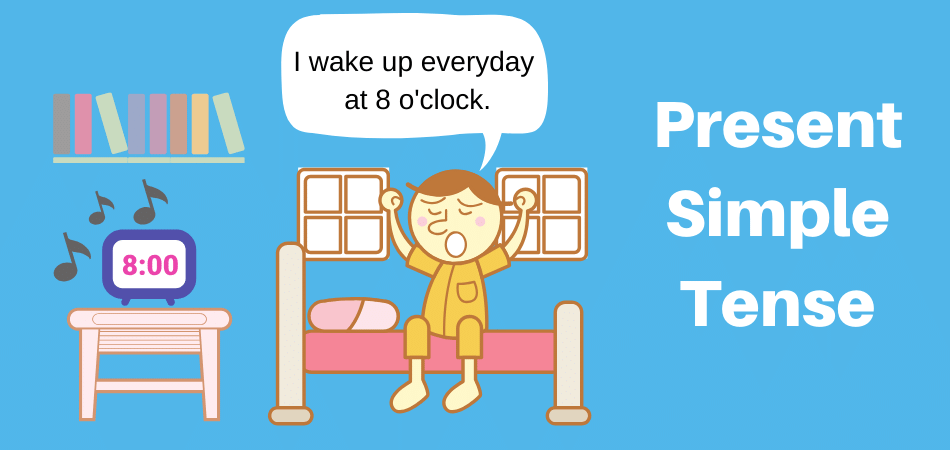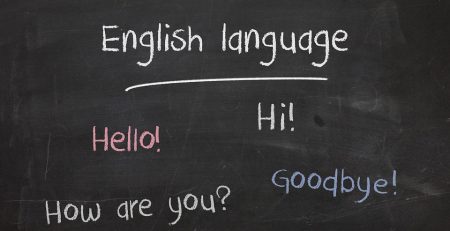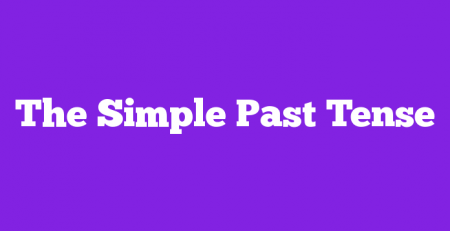The simple present is a verb tense that can be used in two ways.
When something is happening right now or on a regular basis (which is why it’s sometimes termed present indefinite), we employ the simple present tense. The simple present tense can be constructed using the root form or by adding s or es to the end, depending on the person.
Ex: I’m in terrific shape! Pauline is a huge fan of pies. I’m sorry to hear you’ve become ill.
The alternative option is to discuss routine activities or occurrences.
Every day, Pauline works on her piano skills. During the summer, Ms. Jackson travels. Hamsters keep running throughout the night.
We usually use the present continuous to indicate a temporary action that is now taking place: Pauline can’t answer the phone right now because she is cleaning her teeth.
How do you make a simple present?
Except in the third-person singular, most regular verbs employ the root form in the simple present (which ends in -s).
First-person singular: I write
Second-person singular: You write
Third-person singular: He/she/it writes (note the ‑s)
First-person plural: We write
Second-person plural: You write
Third-person plural: They write
For a few verbs, the third-person singular ends with -es instead of -s. Typically, these are verbs whose root form ends in o, ch, sh, th, ss, gh, or z.
First-person singular: I go
Second-person singular: You go
Third-person singular: He/she/it goes (note the ‑es)
First-person plural: We go
Second-person plural: You go
Third-person plural: They go
You put the negation of the verb before the verb in most normal verbs, such as “She won’t go” or “I don’t smell anything.”











